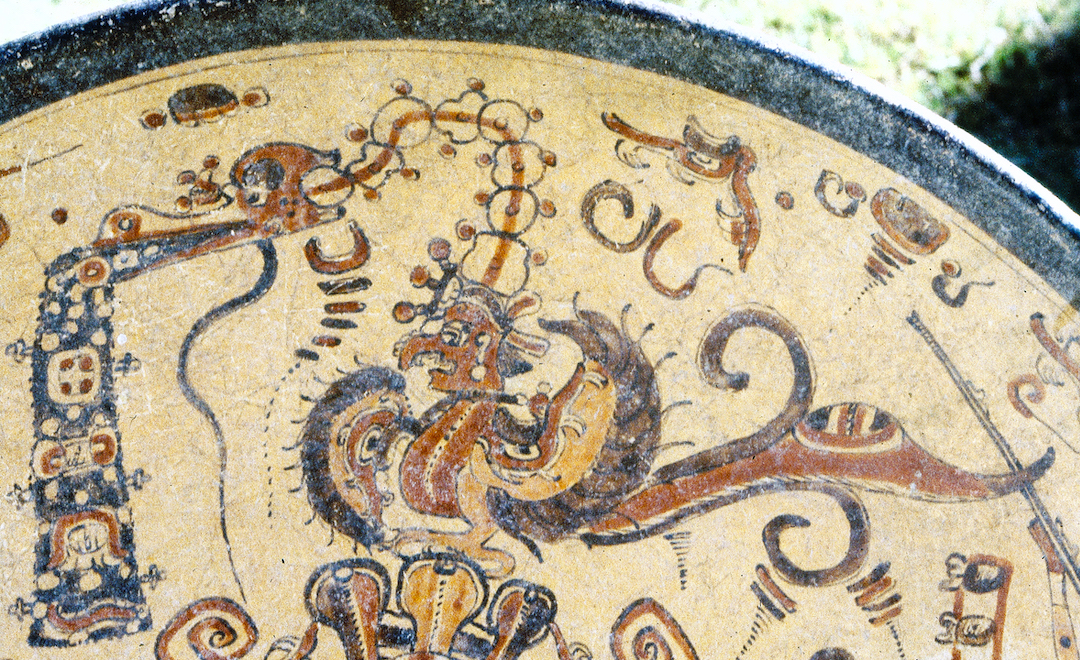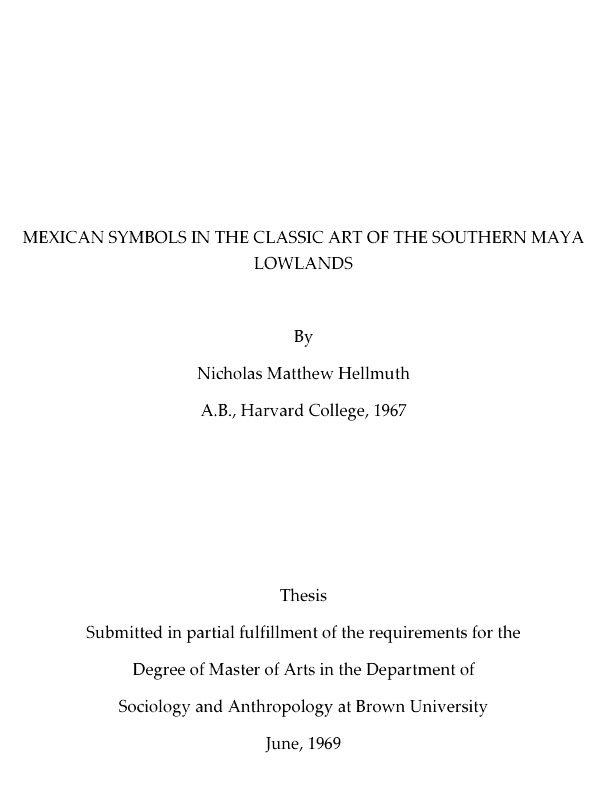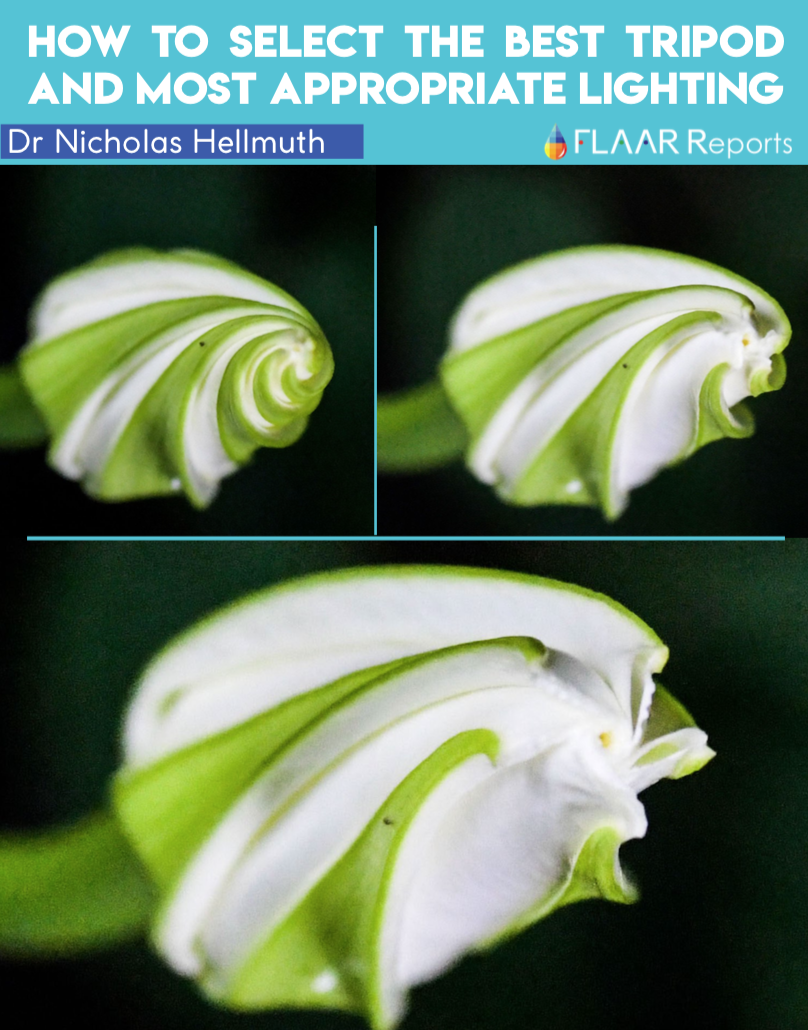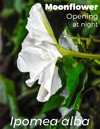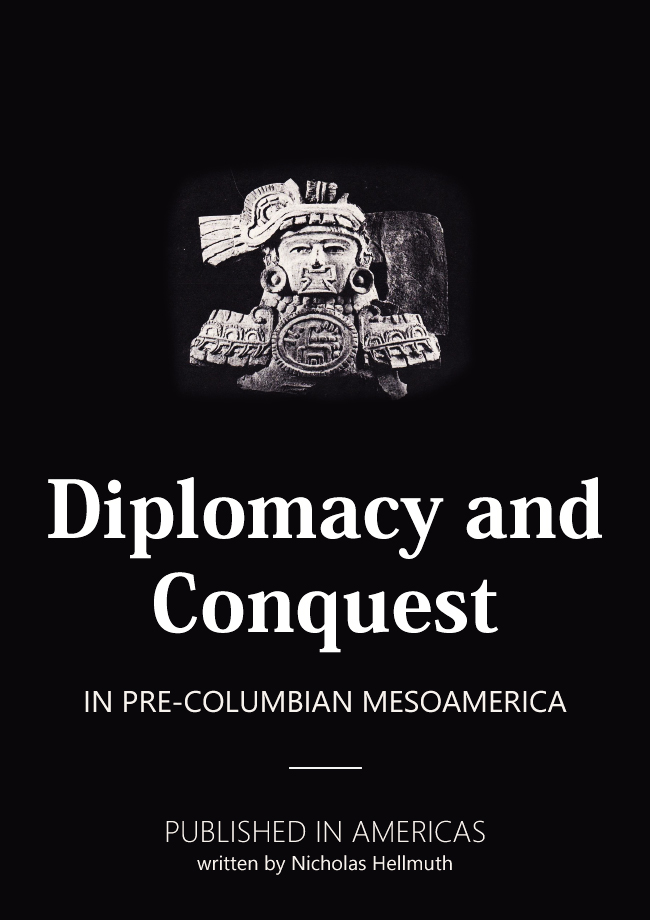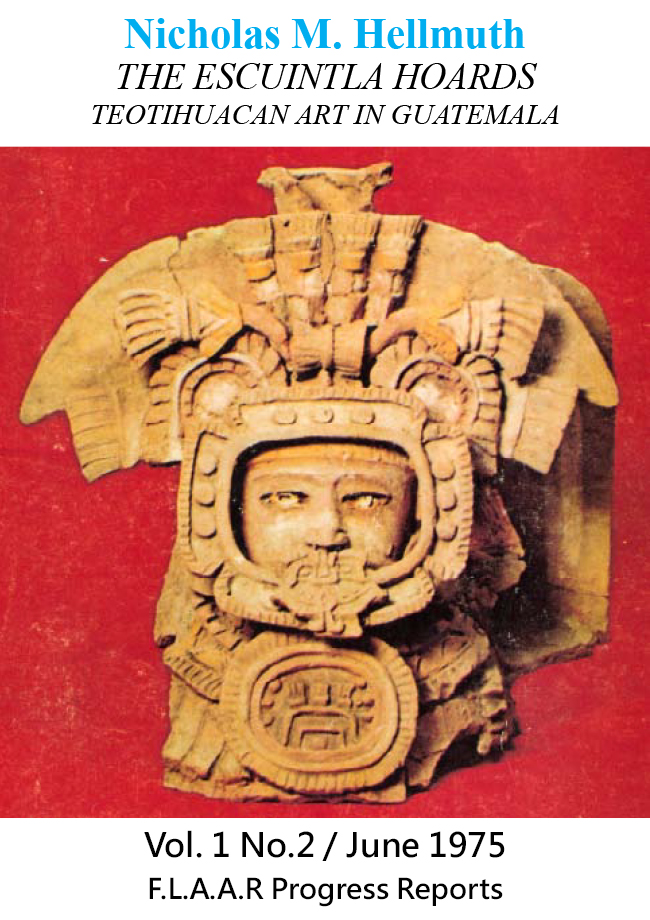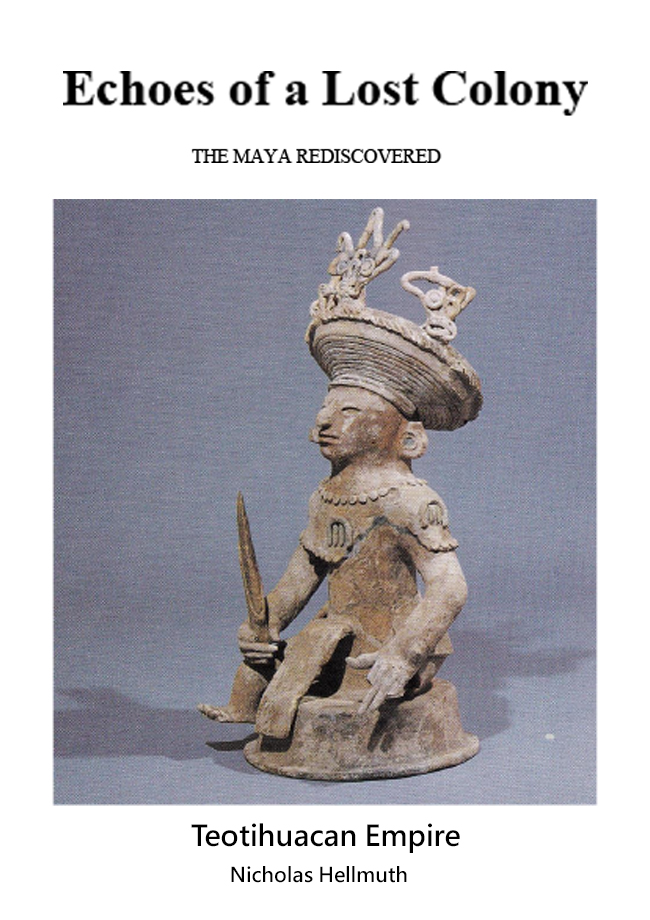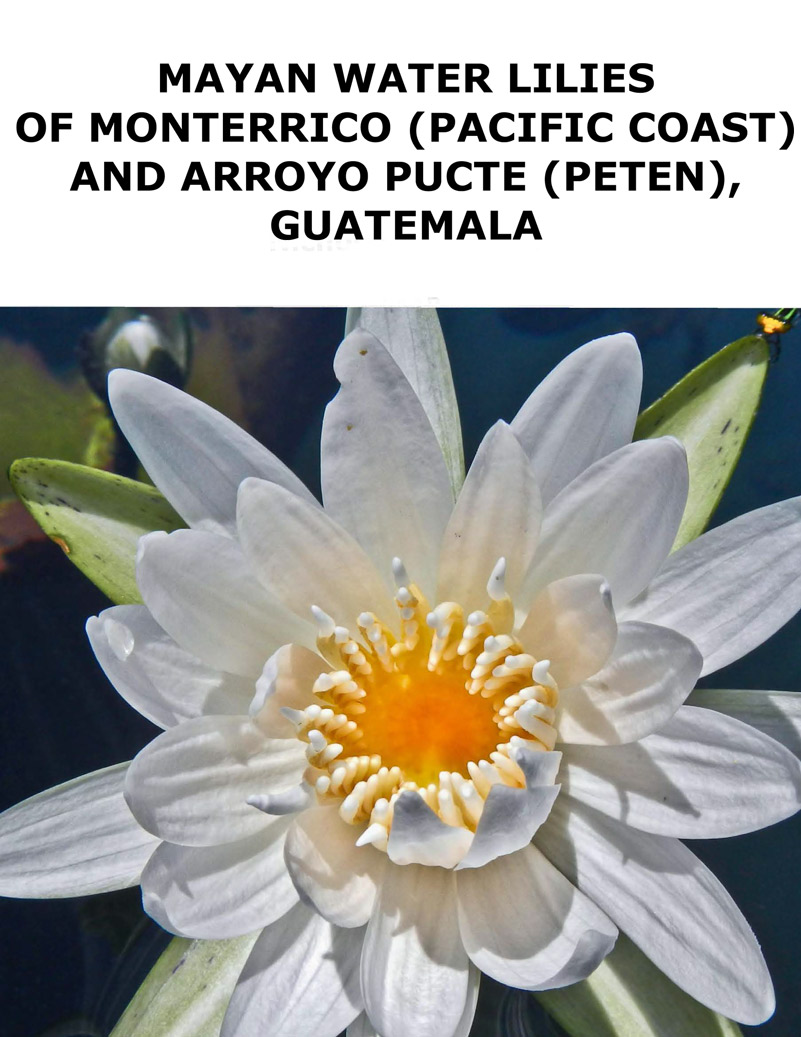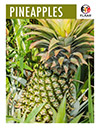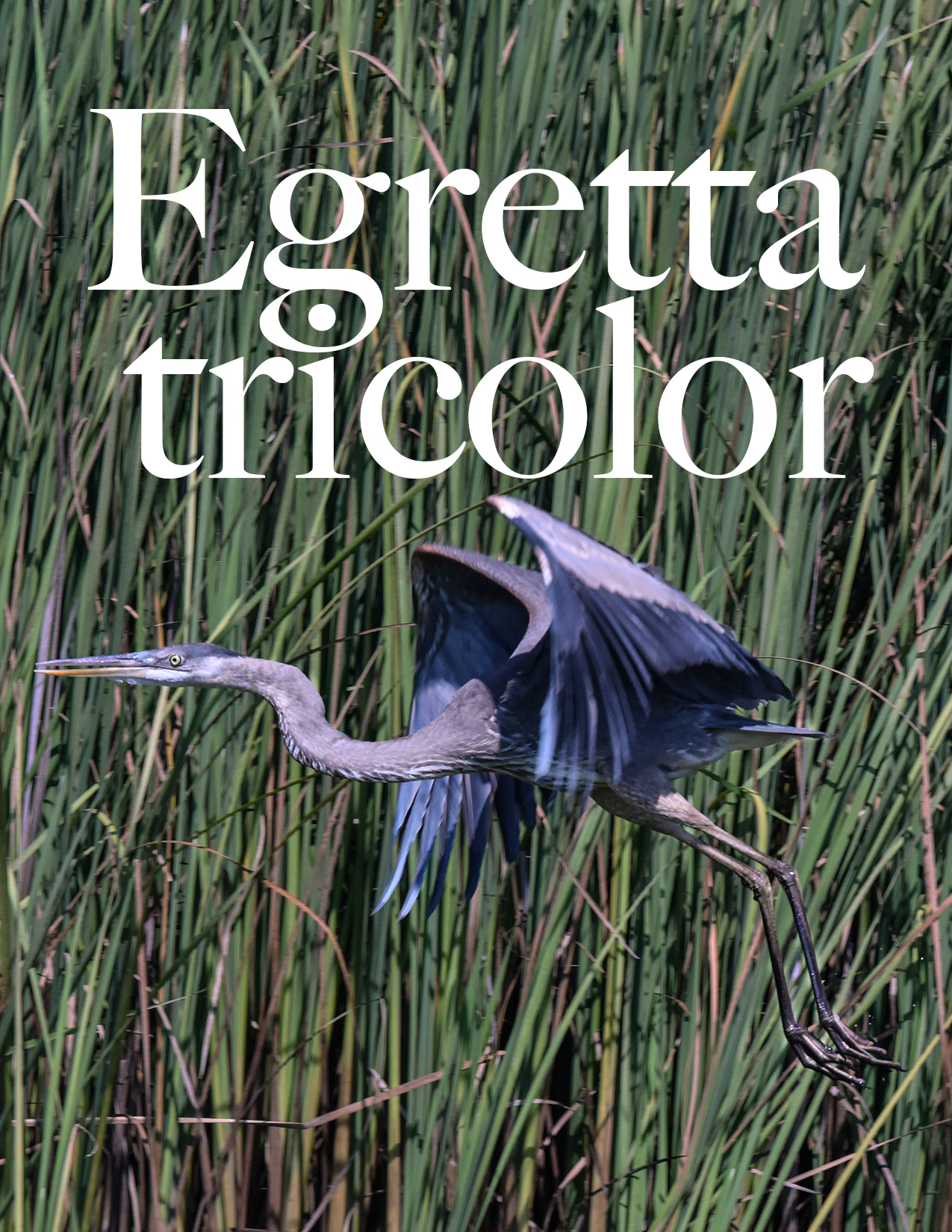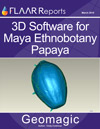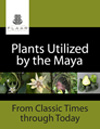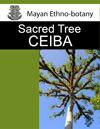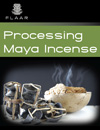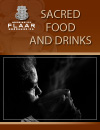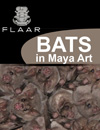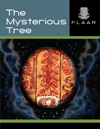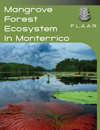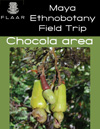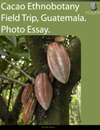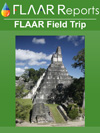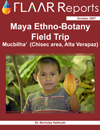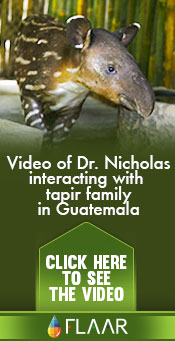Which are the main gods (deities) of the Classic Maya?
There are many “major gods” of the ancient Maya:
- The Old Gods (God D, God L, God N)
- snake monsters of many kinds
- Maize God
- Hero Twins
- Several Xibalba skeletal demons, devils and deities
- JGU, Jaguar God of the Underworld, often a solar deity
- Paddler Gods (JGU and Stingray Spine Paddler)
- And lots more.
Experienced iconographers (Mary Miller, Karl Taube and others) have published lists of Maya Gods now that we have more material to study than just the three codices studied by Schellhas over a century ago.
To learn about Maya archaeology of Guatemala, of Mexico, Honduras, Belize and El Salvador it helps to know the sacred mythical personages. I dedicated an entire chapter in my 1986 PhD dissertation to discuss the issue of “what is a GOD,” what is sacred personality, etc. All this is available in 1987 published editions, Surface of the Underwaterworld (in English) and Monsters und Menschen (auf Deutsch).
Now that we are working on scanning and cataloging the over half-century of the FLAAR Photo Archive, I am focusing on all the photos resulting from the many many field trips to photograph at Copan, Honduras. We took a complete portable photo studio and sophisticated digital cameras and lighting. So now we are publishing the Copan sculpture (and then ceramics), topic by topic.
One important topic is the Principal Bird Deity. This was a significant aspect of my PhD dissertation, with lots of illustrations. In my years of research I was able to suggest and document that the bird was usually a Snake Eating Hawk, also known as the Laughing Falcon. Tedlock had already suggested the bird was a Laughing Falcon. That identical bird, Herpetotheres cachinnans, is also known as Snake Hawk, because it prefers to eat snakes. Since I noticed that most. Principal Bird Deities in Early Classic Maya art had a snake in their mouth, I was able to document the ID as definitely a Herpetotheres cachinnans.
If you Google “which are the 10 most important Maya deities” you get primarily copy-and-paste. Rarely do you get documentation by iconographers or epigraphers or at least archaeologists with experience. But, when you have books on Maya religion by capable scholars, rarely is the Principal Bird Deity in the top tier. Based on discoveries by archaeologists in the last several decades, we now realize that this mythical creature was a logo flaunted by many Maya kings.
 |
Principal Bird Deity has headdress and forehead features shared with other deities. This is a Late Classic rendition, Codex Style Plate, drawing by Luis Molina (FLAAR Mesoamerica). |
You can see Herpetotheres cachinnans perched on Trees throughout Peten
The recent six years we have been hiking deep into remote areas of PNYNN and now even more remote areas of PNLT, PANAT and still PNYNN. So we see Herpetotheres cachinnans perched on trees looking at us as we walk by.
The Bird of the Popol Vuh is Seven Macaw, perched on a Nance Tree
In the Popol Vuh the bird deity of highest status is a scarlet macaw. Same at Copan: a macaw. But almost everywhere else the Principal Bird Deity is a Snake Hawk. But it is helpful to learn about Vucub-Caquix also spelled Wuqub' Kaqix.
THE PRIDE OF SEVEN MACAW BEFORE THE DAWN
WHILE the face of the earth was only a little brightened, before there was a sun, there was one who puffed himself up named Seven Macaw. There was a sky and an earth, but the faces of the sun and moon were dim. He therefore declared himself to be the bright sign for those who were drowned in the flood. He was like an enchanted person in his essence.
This is Seven Macaw and a great nance tree.180 This, then, is the food of Seven Macaw. Each day he would rise up to the top of the tree to knock down some of the fruit of the nance tree,
(Christenson, pages 78, 84)
In more than half the trees where a Principal Bird Deity is actually atop a tree, the tree is a Crescentia cujete, calabash tree. Jicaro and morro are two names used, though one is for Crescentia alata, that grows in bosque seco and other dry areas. Crescentia cujete grows primarily in seasonally inundated savannas, near tasiste palm trees with some nance trees often in the same savanna. But so far, I have not yet found a scene in a Maya mural, stela, or painted vase, bowl or plate where the tree is a nance tree. Keep in mind there are several different trees named nance.
Due to the importance of this bird, we wish to provide a list of suggested reading
There are hundreds of articles that need to be added (such as lots of field reports by Daniel Salazar Lama. His drawings are excellent). But we wanted to get a first edition out now.
Although we focus on the scarlet macaw (in the Popol Vuh and Copan) and the Snake Hawk (especially in Early Classic art), there are lots of variations. Many deities of the Maya are composite creatures: human, reptile, avian all together. In other words, a sacred bird could be the avian rendition of a human deity. All this is work-in-progress, but we start with the basics.
Bibliography is by Nicholas Hellmuth and Flor Morales Arroyo (FLAAR Mesoamerica). Lots more to be added in the future.
- 1976
- The Principal Bird Deity in Maya Art: An Iconographic Study of Form and Meaning. In: The Art, Iconography, and Dynastic History of Palenque, Part III, edited by Merle Greene Robertson, pp. 195-209. (Proceedings of the Segunda Mesa Redonda de Palenque, 1974). Pre-Columbian Art Research, Pebble Beach.
- 1950
- A Polychrome Plate from Quintana Roo. (Notes on Middle American Archaeology and Ethnology, No. 98). Carnegie Institution of Washington, Washington D.C.
- 2004
- Kerr No. 4546 and a Reference to an Avian Manifestation of the Creator God Itzamnaj. Rijswijk, Netherlands.
- 2014
- The reptile hunter’s menu: A review of the prey species of Laughing Falcons, Herpetotheres cachinnans (Aves: Falconiformes). North-western Journal of Zoology 10 (2): 445-453.
- 2007
- Popol Vuh: Sacred Book of the Quiché Maya People. University of Oklahoma Press.
There are several printed editions plus editions on-line (as easy downloads at no cost).
- 2004
- Kerr No. 4546 and a Reference to an Avian Manifestation of the Creator God Itzamnaj. Maya Vase Database: http://www.mayavase.com/Kerr4546.pdf
- 2011
- The Copan Sculpture Museum: Ancient Maya Artistry in Stucco and Stone. Peabody Museum Press & David Rockefeller Center for Latin American Studies, Harvard University.
- 2002
- Chapter Three: The Origins of Maya Civilization: The Old Shell Game, Commodity, Treasure, and Kingship. In David A. Freidel and Marilyn A. Masson (editors) Ancient Maya Political Economies. AltaMira Press, Walnut Creek.
Available online: https://books.google.com.gt/books?
hl=es&lr=&id=l22FUXdSIqkC&oi=fnd&pg=PA41&dq=Principal+Bird+Deity&ots=O0fs3KY
5CC&sig=smqNuEFyPX7rAaPLT11eoY6Pw6s&redir_esc=y#v=onepage&q=Principal%20Bird
%20Deity&f=false
- 2015
- Maya Religion and Gods: Relevance and Relatedness in the Animic Cosmos. In Meghan E. Buchanan and B. Jacob Skousen (editors) Tracing the Relational: The Archaeological of Words, Spirits, and Temporalities. Foundations of Archaeological Inquiry, University of Utah Press, Salt Lake City. Pages 115 – 129.
- 2012
- Mythological Emblem Glyphs of Ancient Maya Kings. Contributions in New world Archeology, Vol. 3, Pages 91 – 126.
- 2015
- The defeat of the great bird in myth and royal pageantry: A Mesoamerican myth in comparative perspective. Comparative mythology, Vol. 1, No. 1, Pages 23 – 60.
- 1987a
- Surface of the Underwaterworld. English edition of PhD dissertation.
Lawrence W. Bardawil rescued the Principal Bird Deity in 1976. Based on ten years research combined with photographs taken in museums around the world (across Mexico, USA, Canada, Guatemala, UK, EU, Japan and Australia, it was possible to provide lots of fresh information on this avian monster. The 1986 PhD dissertation publications in 1987 are cited around the world based on the over 700 helpful illustrations and documentation.
- 1987b
- Surface of the Underwaterworld. English edition of PhD dissertation.
- 2023
- The Story of the Blom Plate: a Masterpiece of Maya Iconography and Primary Standard Sequence, PSS, Hieroglyphs, Chetumal, Quintana Roo, Mexico. FLAAR Photo Archive Publication Number 18, Iconography of Maya Ceramics of Mexico, Publication Number 1, Primary Standard Sequence, PSS, Maya Hieroglyphs in the FLAAR Photo Archive, Publication Number 1.
- 1993
- An Illustrated Dictionary of the Gods and Symbols of Ancient Mexico and the Maya. Thames & Hudson.
- 2010
- The Defeat of the Great Celestial Bird: A Master Myth in Early Classic Central
Mexico. Paper presented at Teotihuacan: Medios de comunicación en la Ciudad de los Dioses, Lateinamerika-Institut, Freie Universität Berlin, Sep. 27th.
A helpful reminder to check Teotihuacan when writing about “Maya” iconography since there was back-and-forth influence for centuries.
- 2014
- The butterfly bird god and his myth at Teotihuacan. Ancient Mesoamerica,Vol. 25, pages 29 – 48.
- 2022
- The Reptile’s Eye Glyph: The Calendar Name of the Butterfly Bird God in Teotihuacan and during the Epiclassic Period. Revista Española de Antropología Americana, Vol. 53, No. 1, Pages 29 – 51.
It really helps when iconographers remind us that many themes in Classic Maya art are also pictured at Teotihuacan. There was a Maya barrio at Teotihuacan and Teotihuacan barrio at Tikal (and probably at other Maya sites).
- 1991
- The ‘Holmul Dancer’ Theme in Maya Art. Sixth Palenque Round Table, 1986, edited by Virginia M. Fields, pp. 217-222. University of Oklahoma Press.
- 2023
- Dramatis personae del programa escultórico de la Subestructura IIC de Calakmul. Trace, Vol. 83, Pages 188 – 206.
- 2015
- Birds and Environmental Change in the Maya Area. Hampshire College, University of Texas, Austin.
- 1983
- Variety and Transformation in the Cosmic Monster Theme at Quirigua, Guatemala. In Merle Greene Robertson and Virginia M. Fields (editors) Fifth Palenque Round Table, 1983. The Pre-Columbian Art Research Institute, San Francisco. Pages 39 – 48.
- 2006
- Birds, Ceramics, and Cacao: New Excavations at Chichén Itzá, Yucatán. In Jeff Karl Kowalski and Cynthia Kristan-Graham (editors) Twin Tollans: Chichén Itzá, Tula, and the epiclassic to early postclassic Mesoamerican. Dumbarton Oaks Research Library and Collection.
Available online: https://books.google.com.gt/books?
hl=es&lr=&id=GZVUd9I0gpAC&oi=fnd&pg=PA151&dq=P
rincipal+Bird+Deity&ots=C9Xei9y8kS&sig=vXT3r1s5HAfiYN
w7fJr9QWm9-Lw&redir_esc=y#v=onepage&q=Principal%20B
ird%20Deity&f=false
- 1987
- A representation of the Principal Bird Deity in the Paris Codex. Center for Maya Research, Washington D. C.
- 1992
- The major gods of ancient Yucatán. Dumbarton Oaks Research Library and Collection, Washington D. C.
Available online: https://books.google.com.gt/books?hl=es&lr=&id=7tGyviw2ZHwC&oi=fnd&pg=
PR5&dq=Principal+Bird+Deity&ots=LhL07r_VQd&sig=EbQVDWnUK1En9n
IiOW4JmNfDKp8&redir_esc=y#v=onepage&q=Principal%20Bird%20Deity&f=false
- 2004
- Flower Mountain: Concepts of Life, Beauty, and Paradise among the Classic Maya. Anthropology and Aesthetics, Vol. 45, Pages 69 – 98.
- 2009
- The Beautiful, the Bad, and the Ugly. In Christina T. Halperin, Katherine A. Faust, Rhonda Taube and Aurore Giguet (editors) Mesoamerican Figurines: Small-Scale Indices of Large-Scale Social Phenomena. University Press of Florida.
- n.d.
- Laughing Falcon - Herpetotheres cachinnans.
Available online: www.peregrinefund.org/explore-raptors-species/falcons/laughing-falcon
First posted November 14, 2023 by Nicholas Hellmuth

